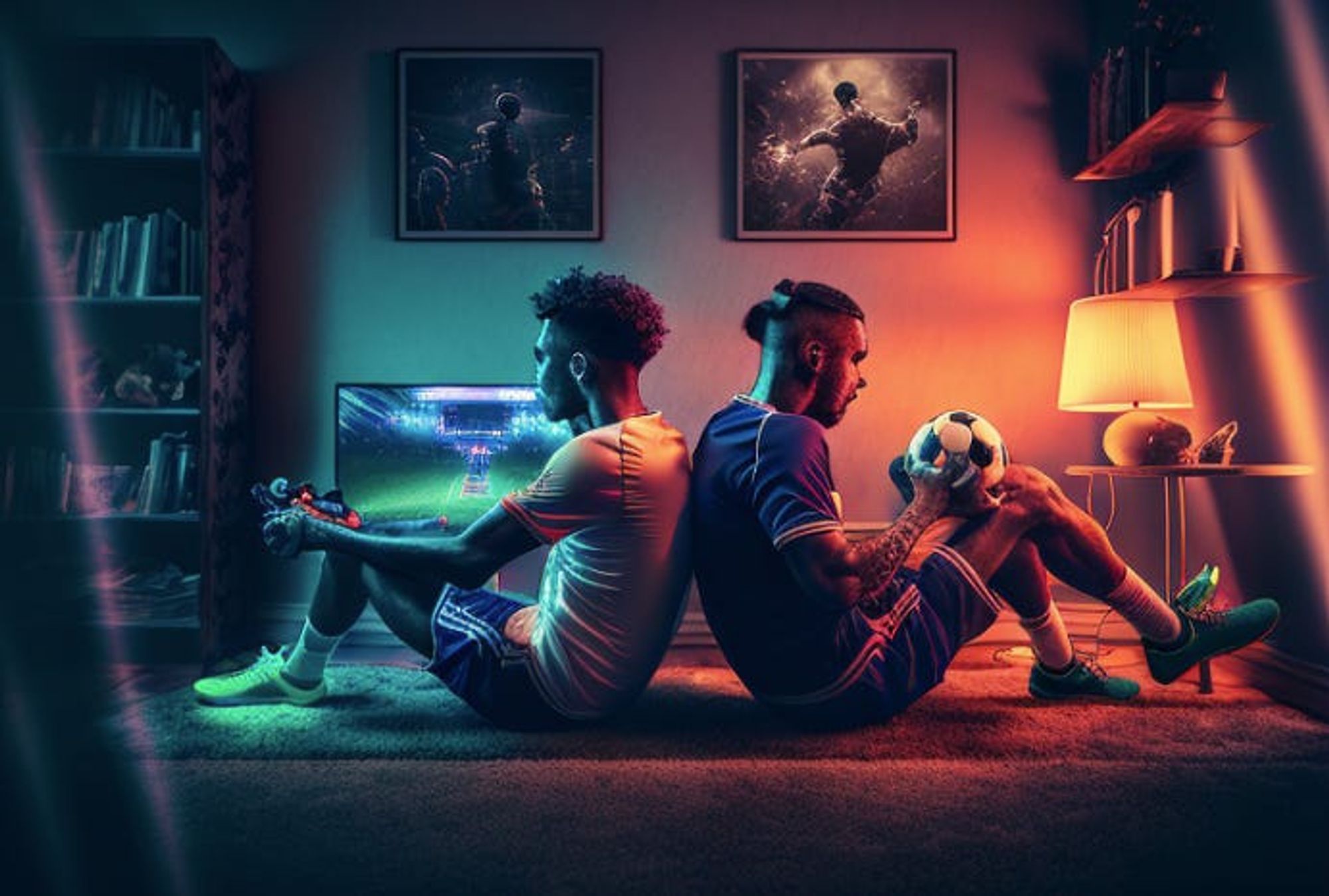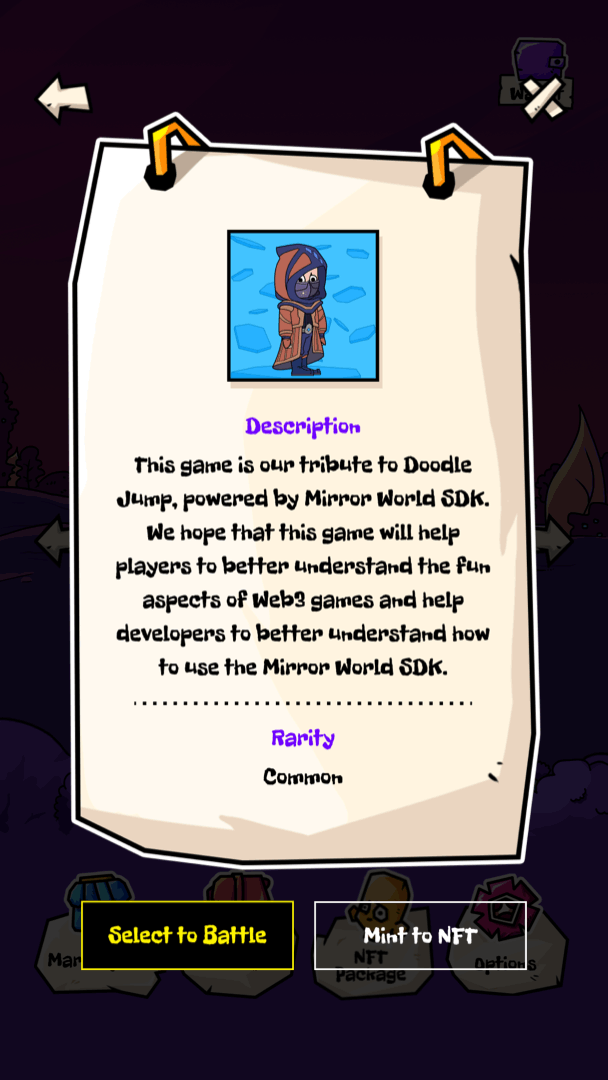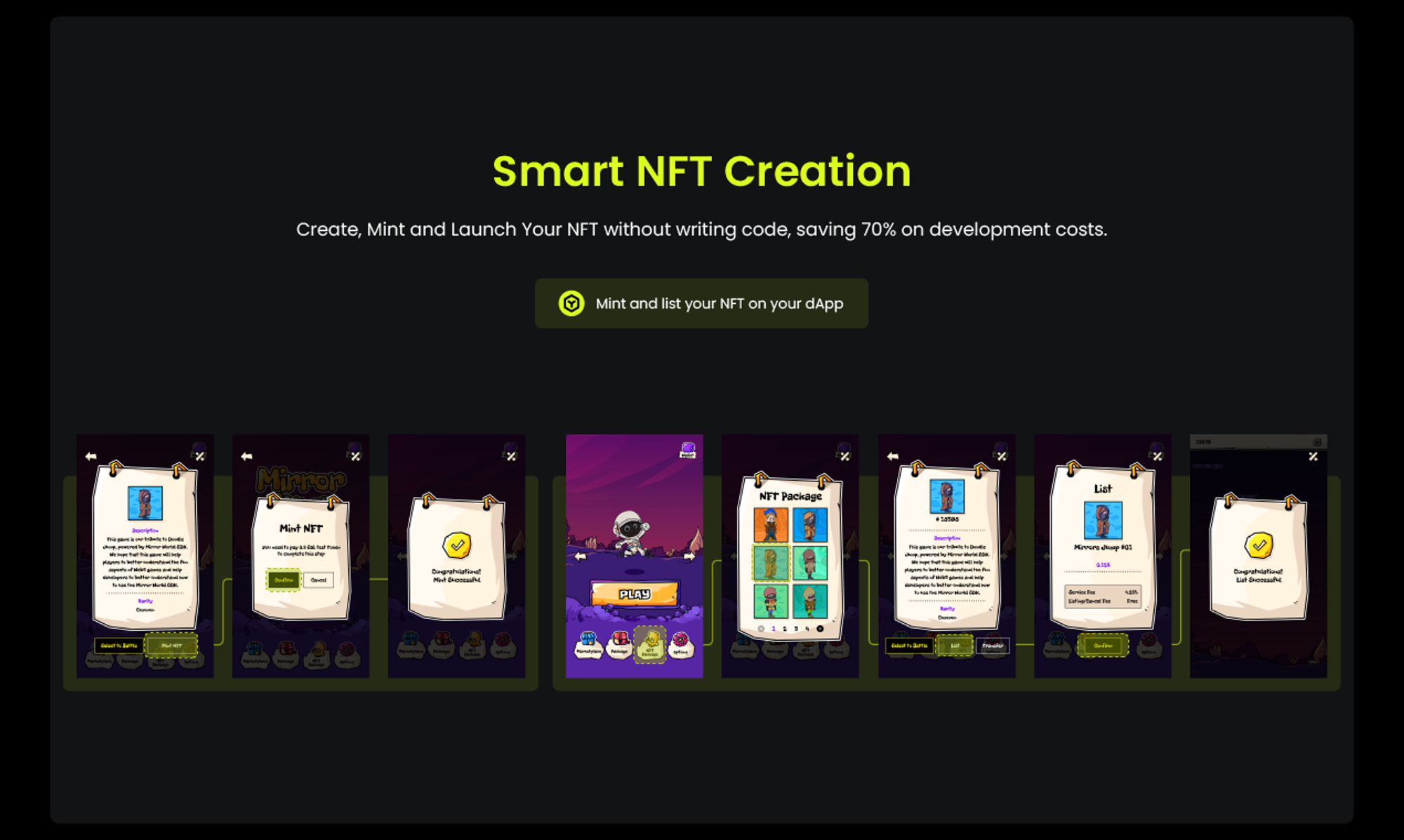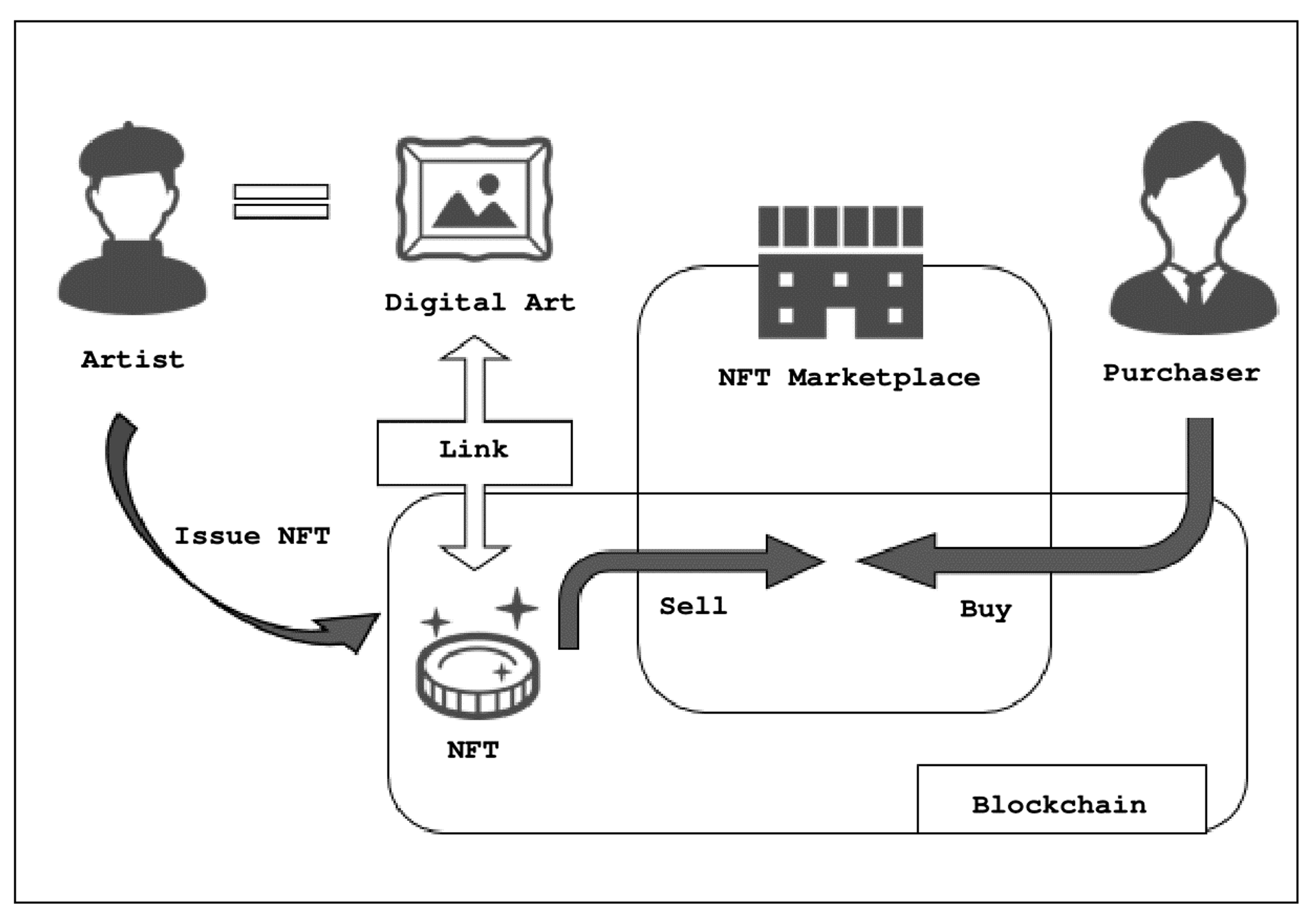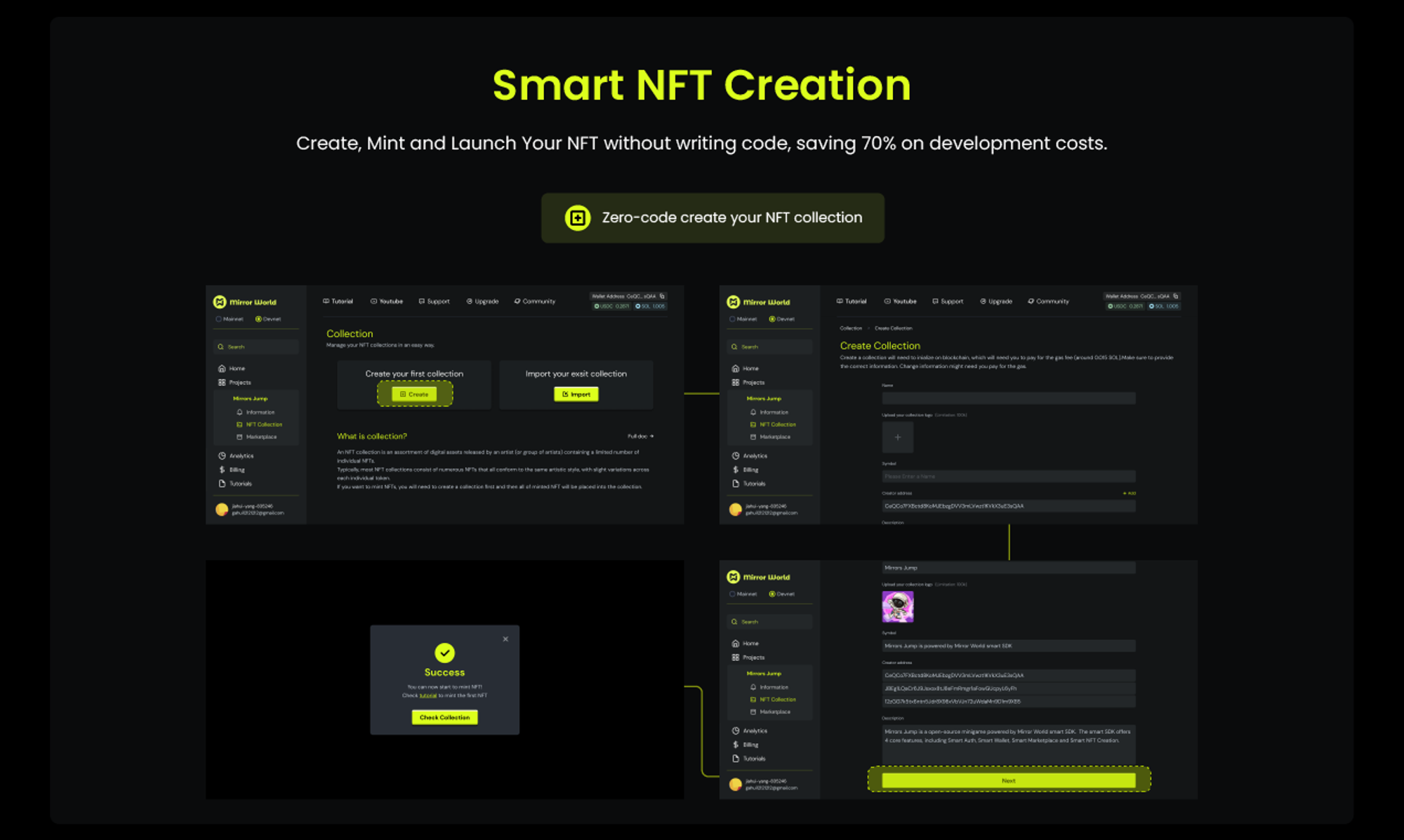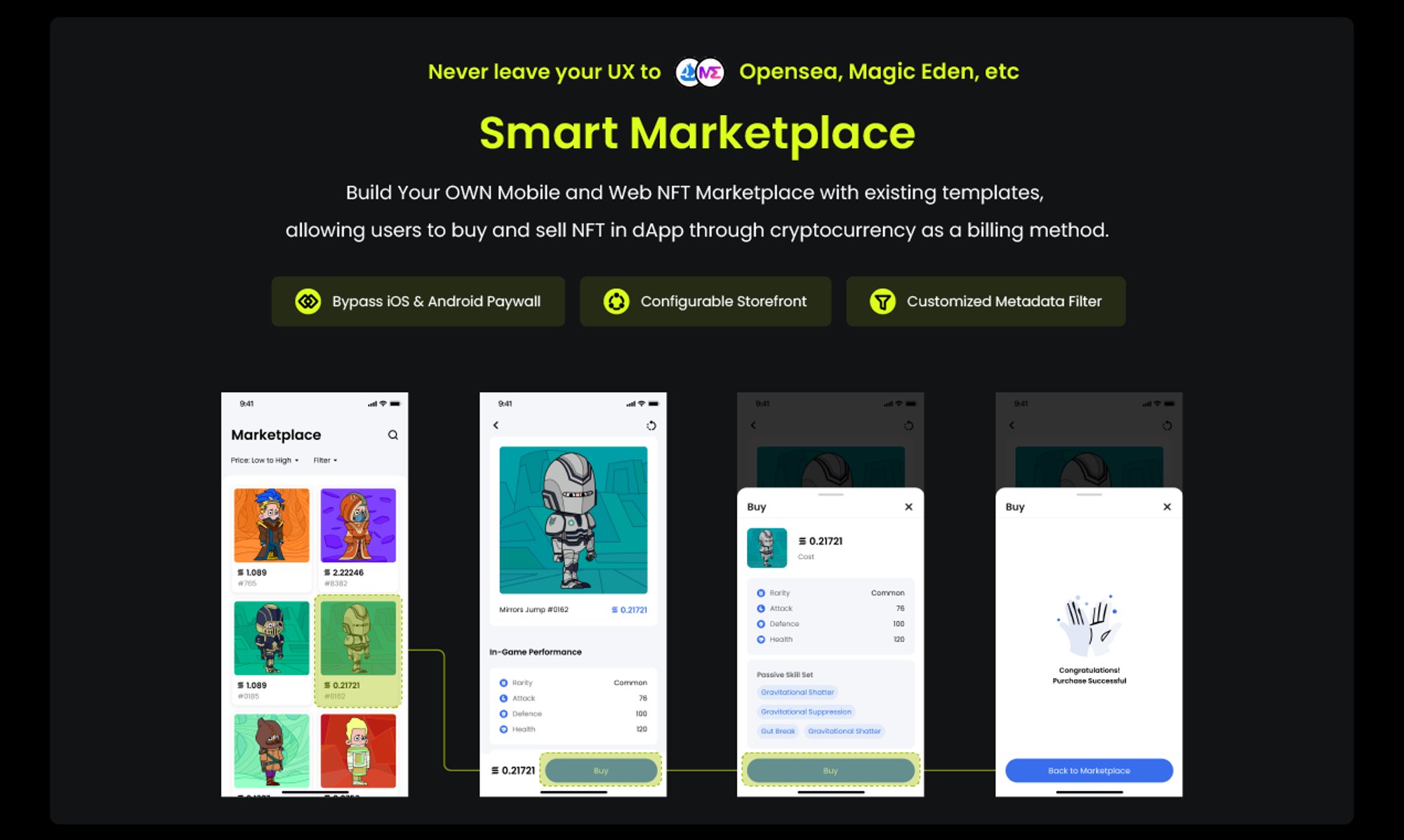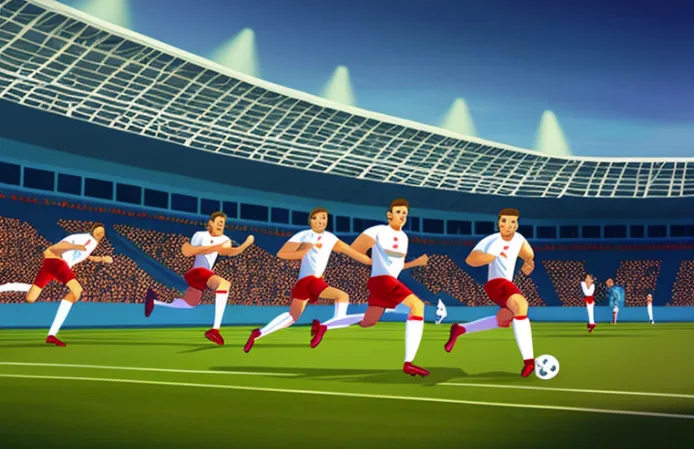Table of Contents
- Introduction
- A 5-Person Team
- An Example of a Mobile Soccer Game
- In-Game Asset
- A Marketplace, Self-build, In-app
- Mirror World Smart SDK, A Fifteen-Minute Solution
- Very Little Code With Fast Integration
- In-Game Asset Minting - With SDK
- NFT Marketplace - With SDK
- Build your application with Mirror World Smart Platform
Do not index
Do not index
content plan
keyword
keyword list
topic search volume
Introduction
Today, we are talking about if you were to bring your own game on a chain and make it a Web3 game, what the whole process looks like and what kind of problems developers might encounter. For the first part of the article introducing auto wallet creation as well as the user authentification, please visit:
A 5-Person Team
Many great Web3 gaming startups are struggling to find a decent developer team. They are experienced with game design themselves, but building smart contracts is still a pickle.
Here let's take a 5 people team as an example to run through their workload by integrating these two basic functions: on-chain game assets and in-app marketplace.
An Example of a Mobile Soccer Game
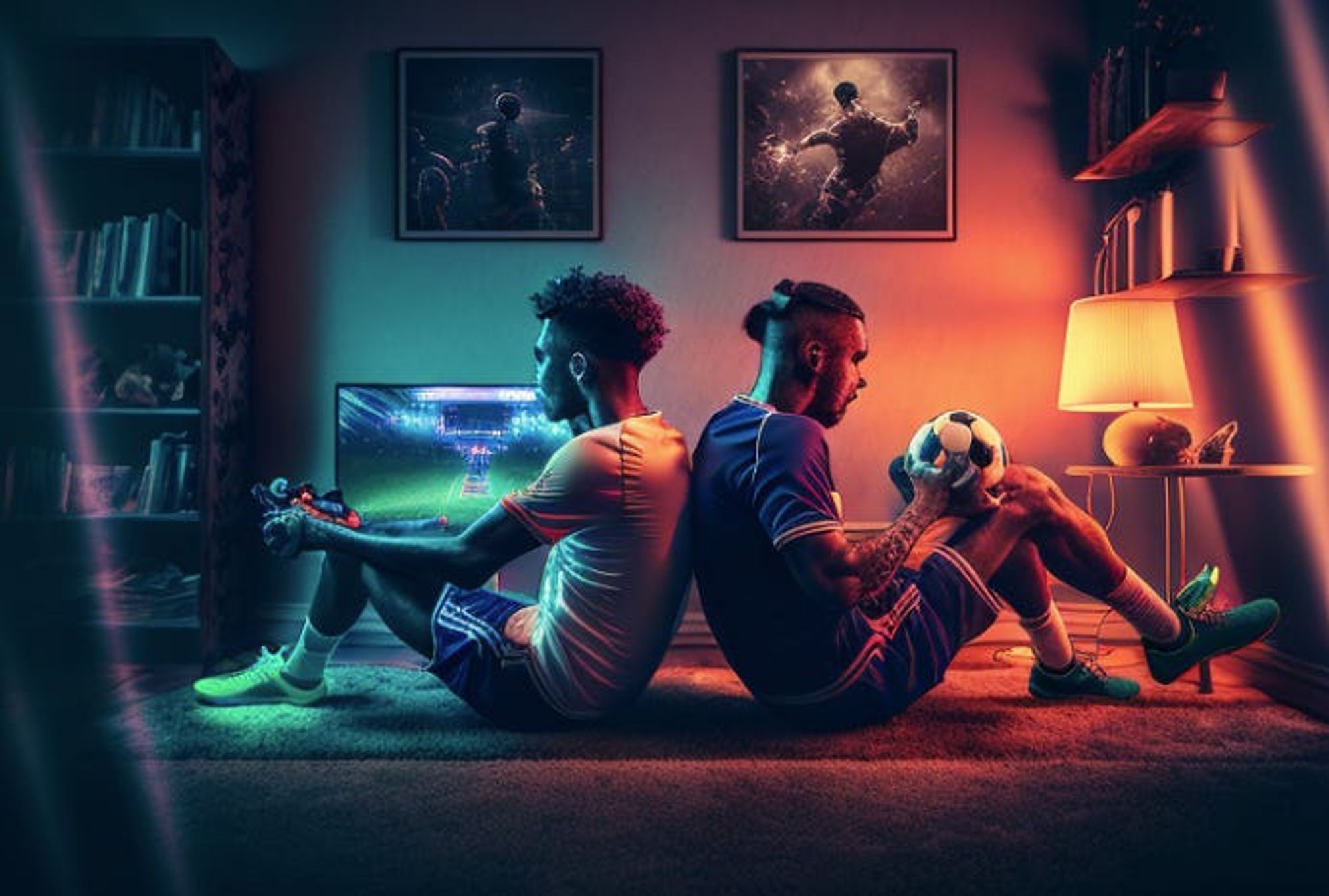
Let's take a soccer game as an example. Say you have a mobile soccer game at hand, the most common style, like FIFA, people control the whole team, switching from one player to the other to win the game. Simple, right?
Several ways you could use to adapt your game to a Web3 one. But in essence, you just need to connect the in-game assets you like to the blockchain and make them tradable. You could mint them as NFTs and build a marketplace for trade to happen. We will start by introducing in-game assets and minting NFTs.
(P.S. We have covered some of the prior settings about wallet and authorization here.
In-Game Asset
Bringing a Web2 game on chain has many benefits, many of which are covered in our previous article here: Benefits of Minting NFTs in Metaverse Games.
If what you have is a soccer game, the asset you might want to mint is typically the players. They could have different rarities, different skills and so on. In this case, the players would often appear as NFTs, and all of the additional skills and attributes like speed would be part of NFT's Metadata.
Minting an in-game asset involves creating a unique digital item that can be owned and traded within a game or other online platform. To mint an in-game asset, you will need to follow these technical steps:
- Choose a blockchain platform: Select a blockchain platform that supports the creation and management of non-fungible tokens (NFTs), which are unique digital assets that can represent in-game items, collectibles, or other types of assets. Some popular blockchain platforms for NFTs include Ethereum, EOS, TRON, and more.
- Set up a wallet: Create a wallet for the chosen blockchain platform. This step allows you to manage your assets and interact with the blockchain.
- Design and create the asset: Design and create the in-game asset using digital art software or other tools.
Subscribed
- Write a smart contract: Write a smart contract using the programming language of the chosen blockchain platform. The smart contract will define the properties and behavior of the in-game asset, such as its name, description, and any other relevant details.
- Deploy the smart contract: Use the tools and processes provided by the blockchain platform to deploy the smart contract to the blockchain. It will typically involve signing the contract with your private key and submitting it to the blockchain for execution.
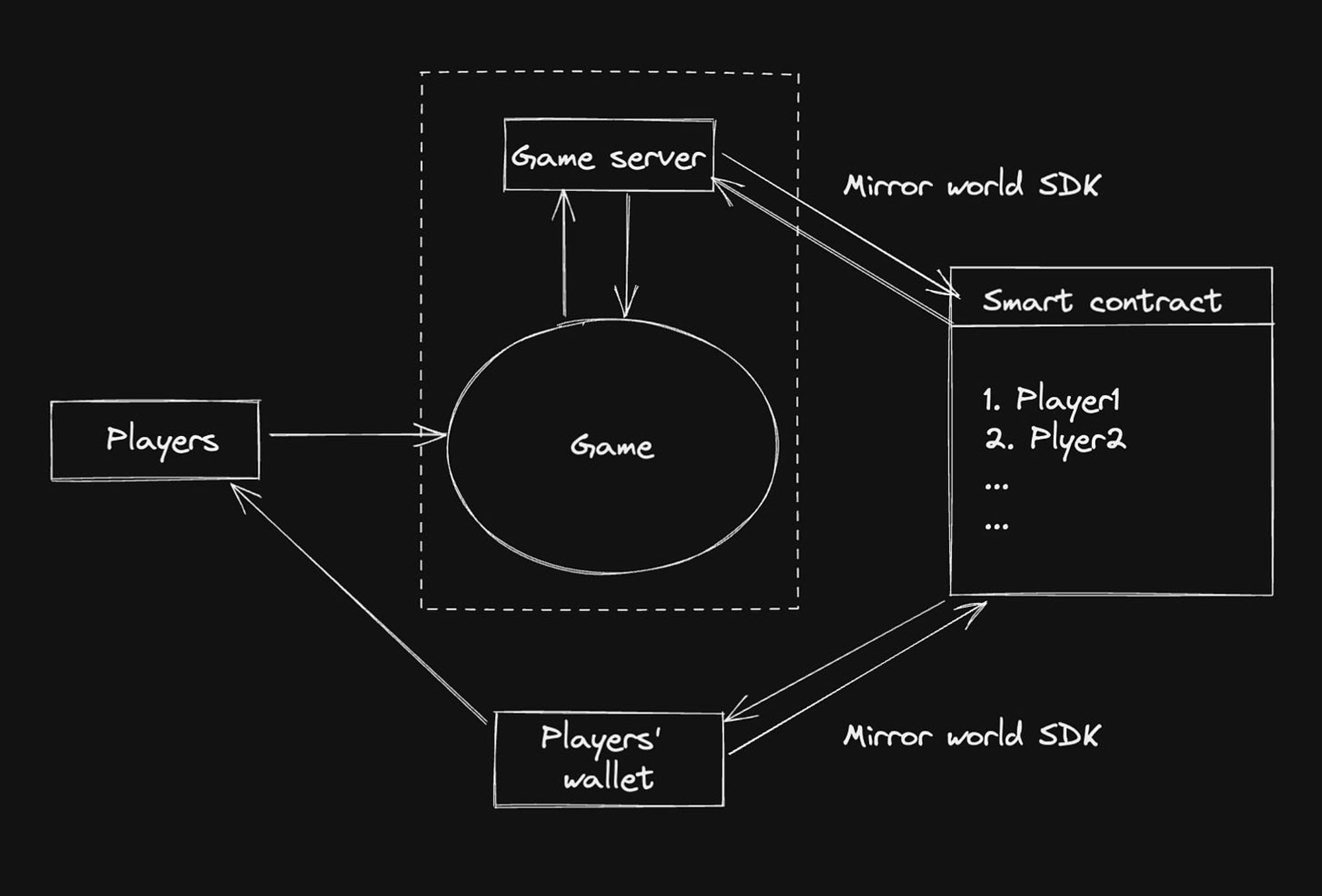
- Mint the asset: Use the smart contract to mint the in-game asset. You could do so by calling a function within the contract that creates a new instance of the asset and assigns it to your wallet.
- Integrate the asset into the game: Write code to handle the in-game asset within the game and to interact with the blockchain. This may involve implementing APIs or other interfaces to read and write data from the blockchain.
Typically, it would take a month or more for a team of 5 people to complete this process.
A Marketplace, Self-build, In-app
The second and final component of making a blockchain game complete is the Marketplace. In-game assets of players are now ready if you have completed the last part of the work. You will now need a secondary market for people to trade these assets, just like in a real soccer transfer market where people compete and purchase the player they wanted the most.
At this point, what you need is a self-built NFT Marketplace which you can customize based on your project rather than a third-party one, the aesthetic advantage is obvious.
For example, the famous polygon NFT game project Aavegochi has pixel-style NFT collectibles for sale. They created an NFT Marketplace with its own pixel-based aesthetics, which really increased the likelihood of customer purchases, and provided customers with a very holistic gaming-purchasing experience.
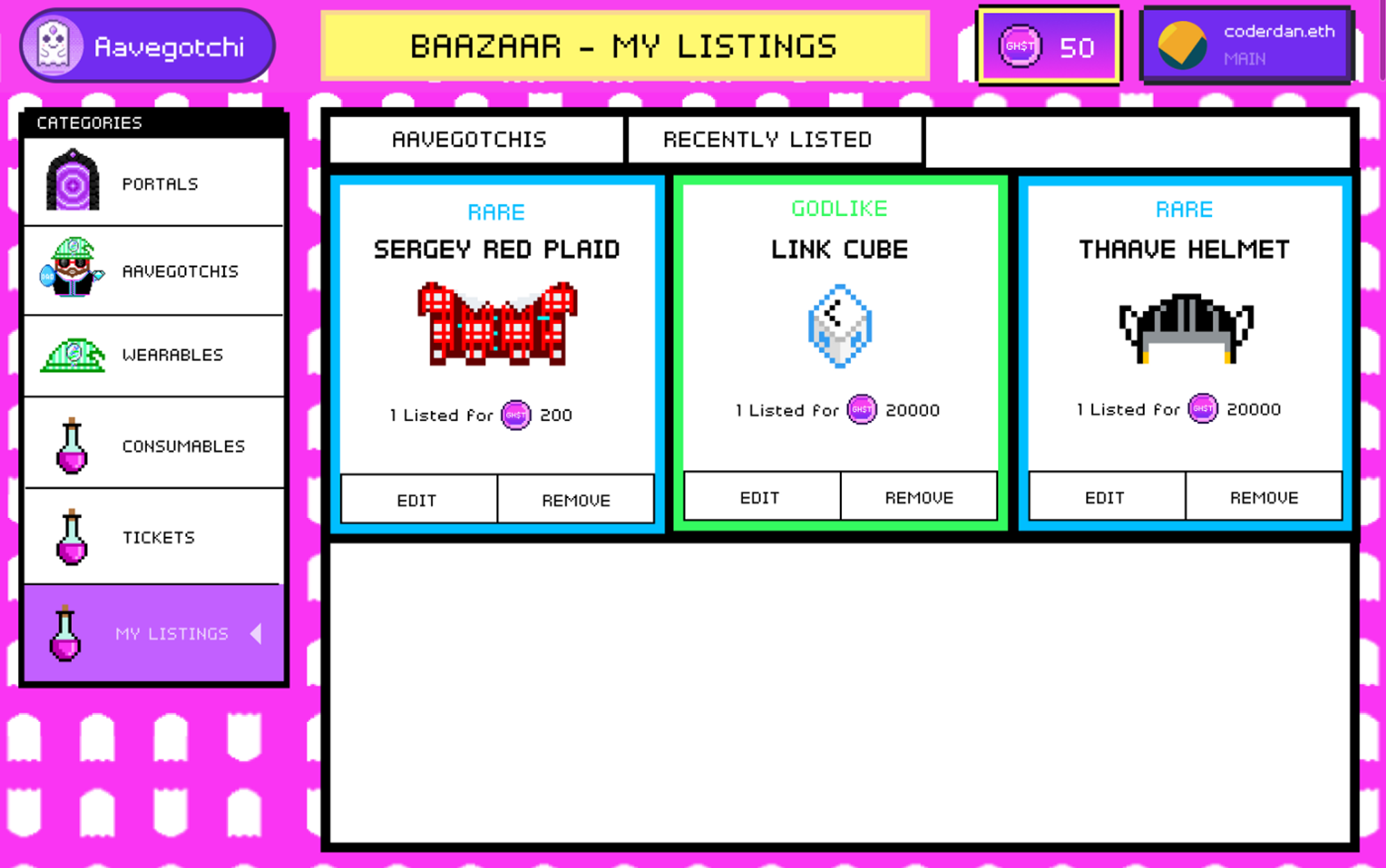
You can also have other functions in your own NFT Marketplaces in addition to superficial features like UI.
For example, there is an NFT project that made their NFTs interactable. They installed the talking function in their NFT Marketplaces that would allow you to talk to your NFTs right after your purchase. That is something unique you can do as well if you have your own NFT MarketPlace.
Another reason you should have your own NFT Marketplace is that you will be able to monitor your NFT transaction data, such as transaction volume, click rate, search rate, and so on.
That is not something that you can do in traditional big NFT Marketplaces like Opensea. The importance of data collection needs not be stressed these days. It would be a tremendous help in terms of knowing what is going on in your project, adjusting your marketing strategies, and spying risks in advance.
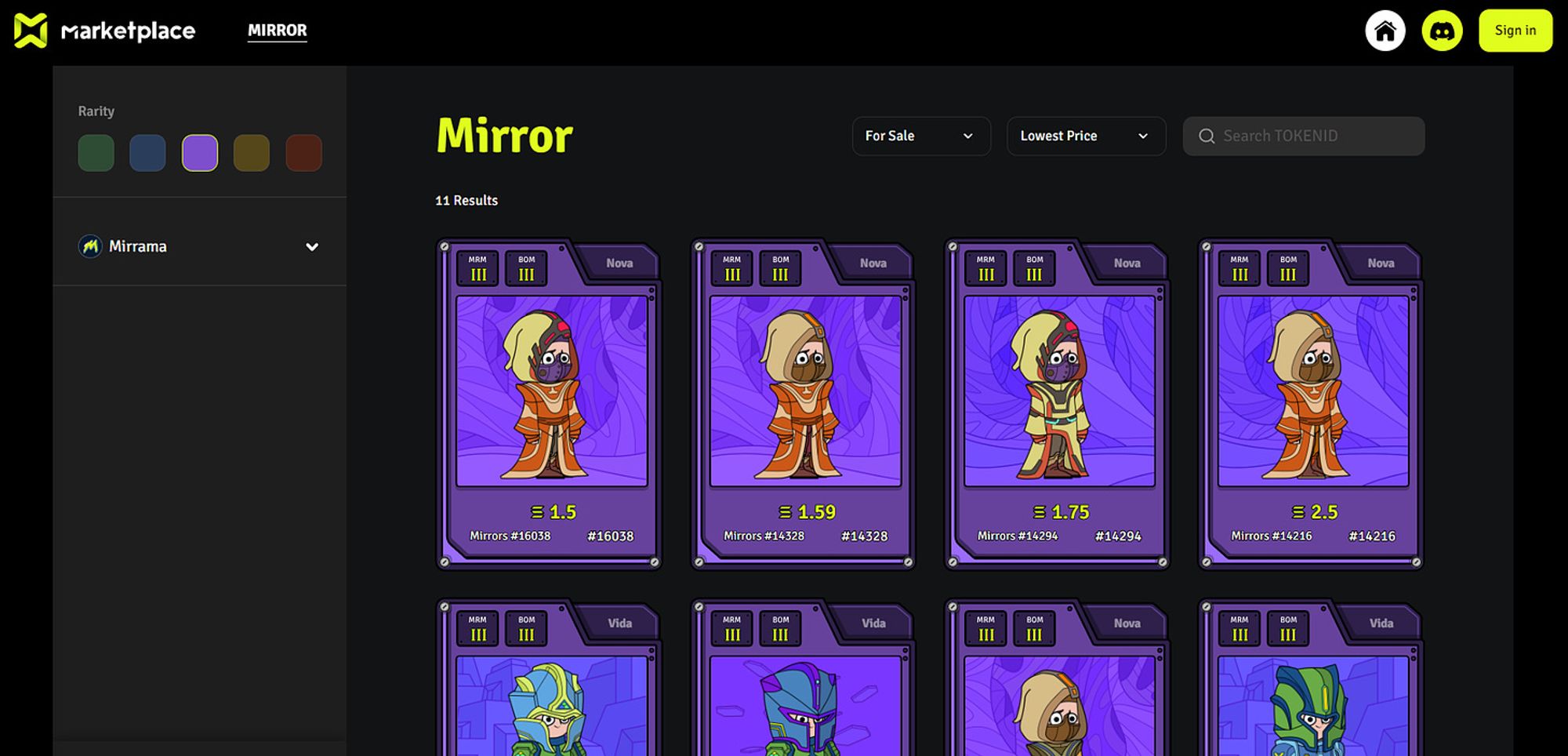
Finally, having your own NFT Marketplace means all the traffic you get is YOURS, users won't be attracted to other projects listed on third-party NFT Marketplaces, and that user base is the foundation of your project growth.
For more detailed info on Marketplaces, you could visit The Mobile NFT Market Is Ushering In A New Digital Economy and Mirror World Smart Marketplace.
Normal steps of setting up an NFT Marketplace would look as follows:
- Pick a blockchain that you want your game to operate on.
- Set up a server: Set up a server to host the marketplace. This could be a physical server or a cloud-based server, such as those offered by Amazon Web Services or Google Cloud.
- Design and build the marketplace interface: Design and build the interface for the marketplace using a web development framework, such as React or Angular. The interface should allow users to browse and search for NFTs, view details about individual NFTs like player skills, and place bids or make purchases. You could design the front end in a way it fits the game, potentially mimicking a real transfer window in soccer.
- Implement blockchain integration: Implement code to interact with the blockchain and retrieve data about NFTs. This may involve using APIs or other interfaces provided by the blockchain platform, or building custom integrations using a blockchain library or framework. The data you are retrieving here is NFT metadata, which contains everything one needs to know about the NFT player. If you are buying the speedy M'bappe, the data is the identifier.
- Set up payment processing: Set up a payment processing system to handle transactions in the marketplace. This could involve integrating with a payment gateway, such as Stripe or PayPal, or building a custom payment system using a blockchain-based payment protocol.
The general difficulties of building an NFT MarketPlace could range from the front end of the user profile, transaction parsing and signing, and market layout to fetching NFT metadata, data storage as well as smart contracts.
These features, including the front end of the marketplace, would take about a month or two for a team of 5 people to complete. The time estimation here didn't count in the later maintenance, which would also take significant time for a small team to work on.
Mirror World Smart SDK, A Fifteen-Minute Solution
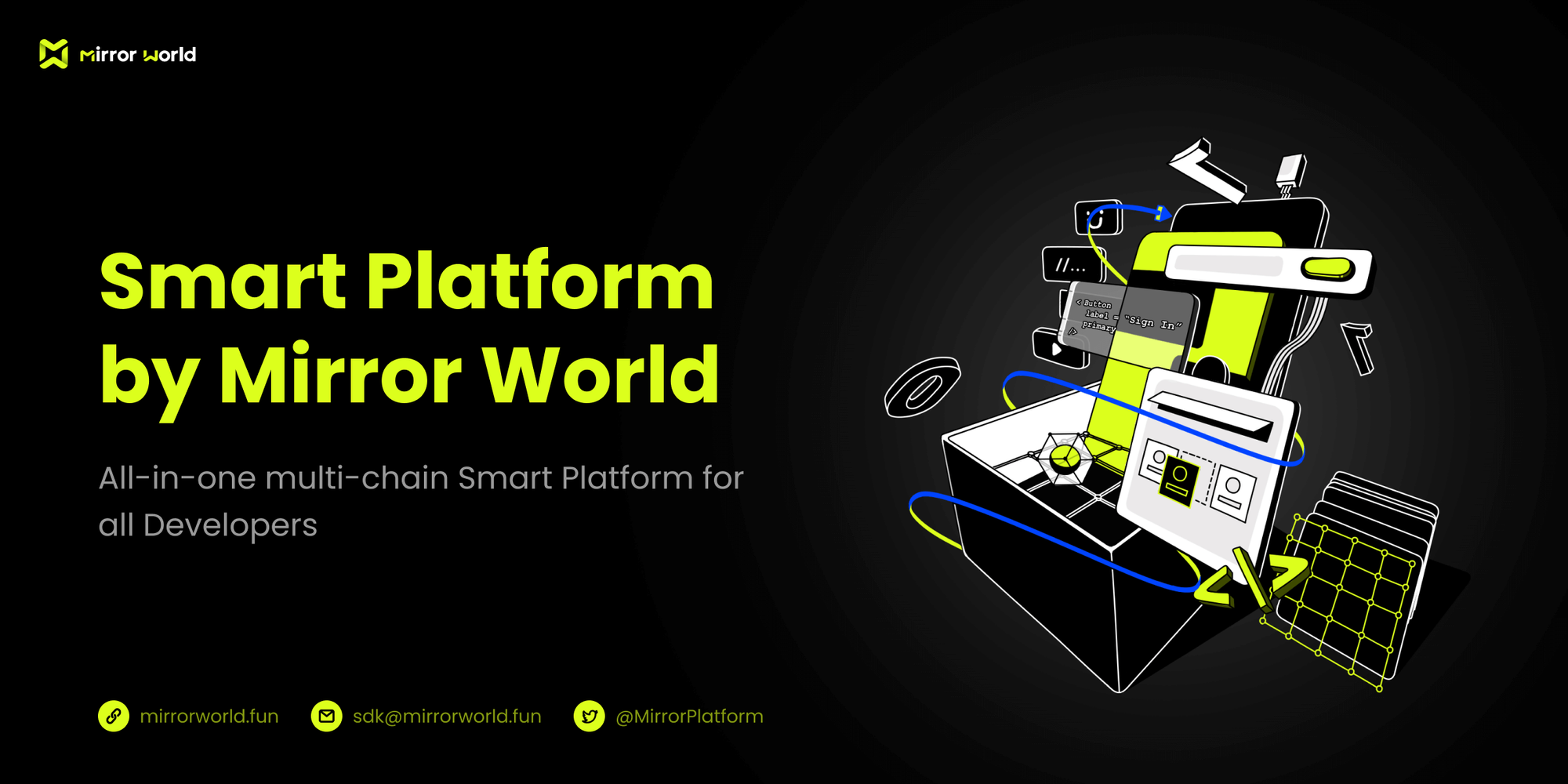
Very Little Code With Fast Integration
The process above involves many parts of building a smart contract, front end, and data storage from the ground up. That is the most time-consuming part of all. For a small team of around 5 people, it would be too much time wasted.
Mirror World Smart Platfrom now offers a solution that would reduce all the time above to 15 minutes. You can call API building blocks for whatever function you need here, just with a one-time plug-in.
In-Game Asset Minting - With SDK
- Very little code is needed, and fast deployment
- A pre-deployed smart contract, just enter some of the core info by text, and you will have your NFT collection in a minute, same for in-game asset
- Keep everything inside your game
- Allow your users to mint inside the game rather than go to a third-party platform to mint their asset
NFT Marketplace - With SDK
- In-app purchase experience
- Allow your users to purchase everything inside the dApp without going to other places to drive the traffic away
- Listing, purchasing, and transferring, all inside the game
- Front end ready-to-hand
- A template ready to use at any time
- Opensource storefront for you to make delicate changes
- Customizable Metadata Filter
Try the features above for free and reduce the whole process to 15 minutes, please visit: https://app.mirrorworld.fun/auth/login

Build your application with Mirror World Smart Platform
Read our full deck here. Mirror World Smart Platform now supports EVM-compatible chains!!!

